Rising Construction Activities
The Cementitious Grout Market is experiencing a surge in demand due to increasing construction activities across various sectors. The construction of residential, commercial, and industrial buildings is on the rise, driven by urbanization and population growth. According to recent data, the construction sector is projected to grow at a compound annual growth rate of approximately 5% over the next few years. This growth is likely to bolster the demand for cementitious grouts, which are essential for ensuring structural integrity and durability in construction projects. As more infrastructure projects are initiated, the Cementitious Grout Market is expected to benefit significantly from this trend, as contractors seek reliable and high-performance materials to meet the demands of modern construction.
Infrastructure Development Initiatives
Government initiatives aimed at enhancing infrastructure development are playing a pivotal role in the Cementitious Grout Market. Many countries are investing heavily in infrastructure projects, including roads, bridges, and public transportation systems. These projects necessitate the use of high-quality cementitious grouts for applications such as joint filling, repair, and stabilization. Recent reports indicate that infrastructure spending is anticipated to reach trillions of dollars in the coming years, creating a substantial market opportunity for cementitious grout manufacturers. The Cementitious Grout Market stands to gain from these initiatives, as the demand for durable and efficient materials becomes increasingly critical in large-scale infrastructure projects.
Growing Demand for Repair and Maintenance
The Cementitious Grout Market is witnessing a growing demand for repair and maintenance solutions, particularly in aging infrastructure. As structures age, the need for effective repair materials becomes paramount to ensure safety and longevity. Cementitious grouts are widely used in repair applications due to their excellent bonding properties and durability. Recent studies suggest that the repair and maintenance sector is expected to grow significantly, driven by the increasing awareness of infrastructure safety and the need for timely interventions. This trend presents a lucrative opportunity for the Cementitious Grout Market, as contractors and maintenance professionals seek reliable solutions to address the challenges posed by deteriorating structures.
Technological Innovations in Grout Formulations
Technological advancements in grout formulations are significantly influencing the Cementitious Grout Market. Innovations such as the development of high-performance grouts with enhanced properties, including improved adhesion, flexibility, and resistance to environmental factors, are becoming more prevalent. These advancements are driven by the need for more efficient and sustainable construction materials. For instance, the introduction of eco-friendly additives and polymers in cementitious grouts is gaining traction, appealing to environmentally conscious consumers and contractors. As these technologies evolve, the Cementitious Grout Market is likely to see a shift towards more specialized products that cater to specific application needs, thereby expanding the market.
Increased Focus on Sustainable Construction Practices
The Cementitious Grout Market is increasingly influenced by the focus on sustainable construction practices. As environmental concerns rise, there is a growing demand for construction materials that minimize ecological impact. Cementitious grouts that incorporate recycled materials or are produced using sustainable methods are gaining popularity among builders and contractors. This shift towards sustainability is not only driven by regulatory requirements but also by consumer preferences for greener options. The Cementitious Grout Market is likely to benefit from this trend, as manufacturers innovate to create eco-friendly products that align with the principles of sustainable construction, thereby enhancing their market position.


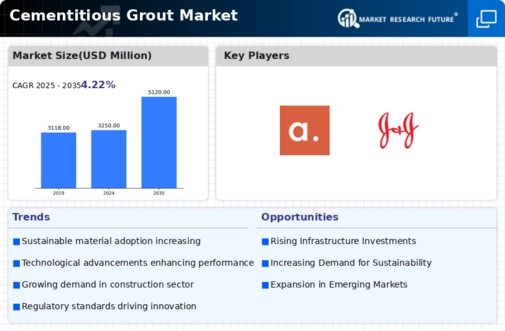
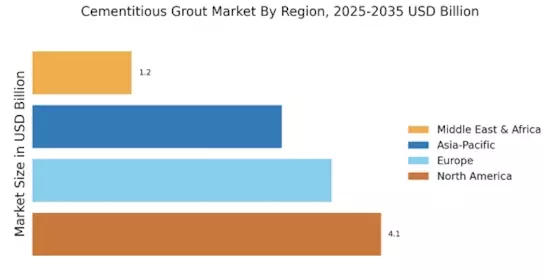

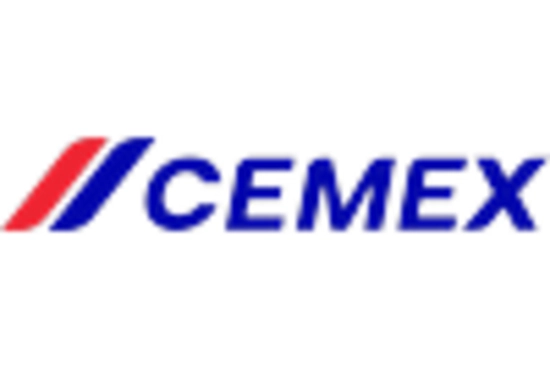
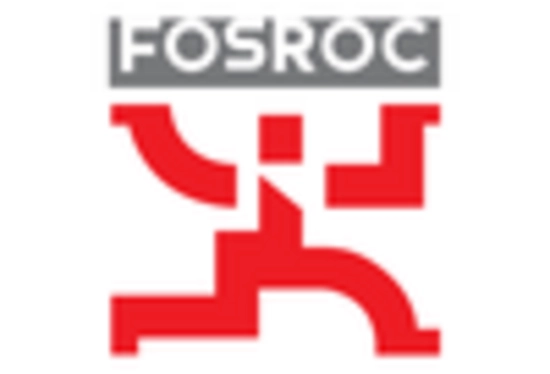
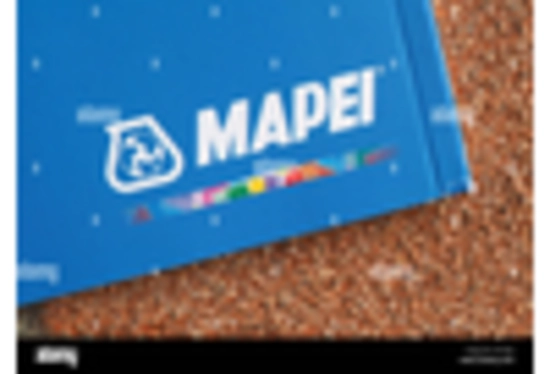










Leave a Comment